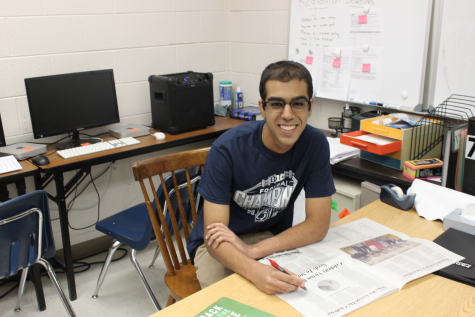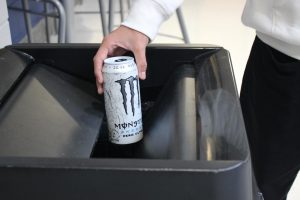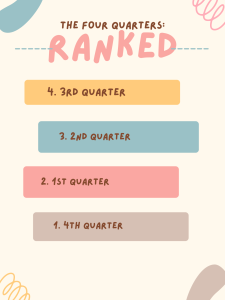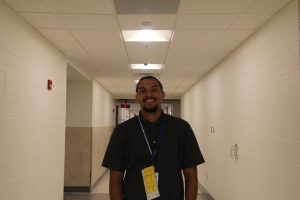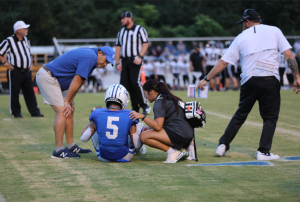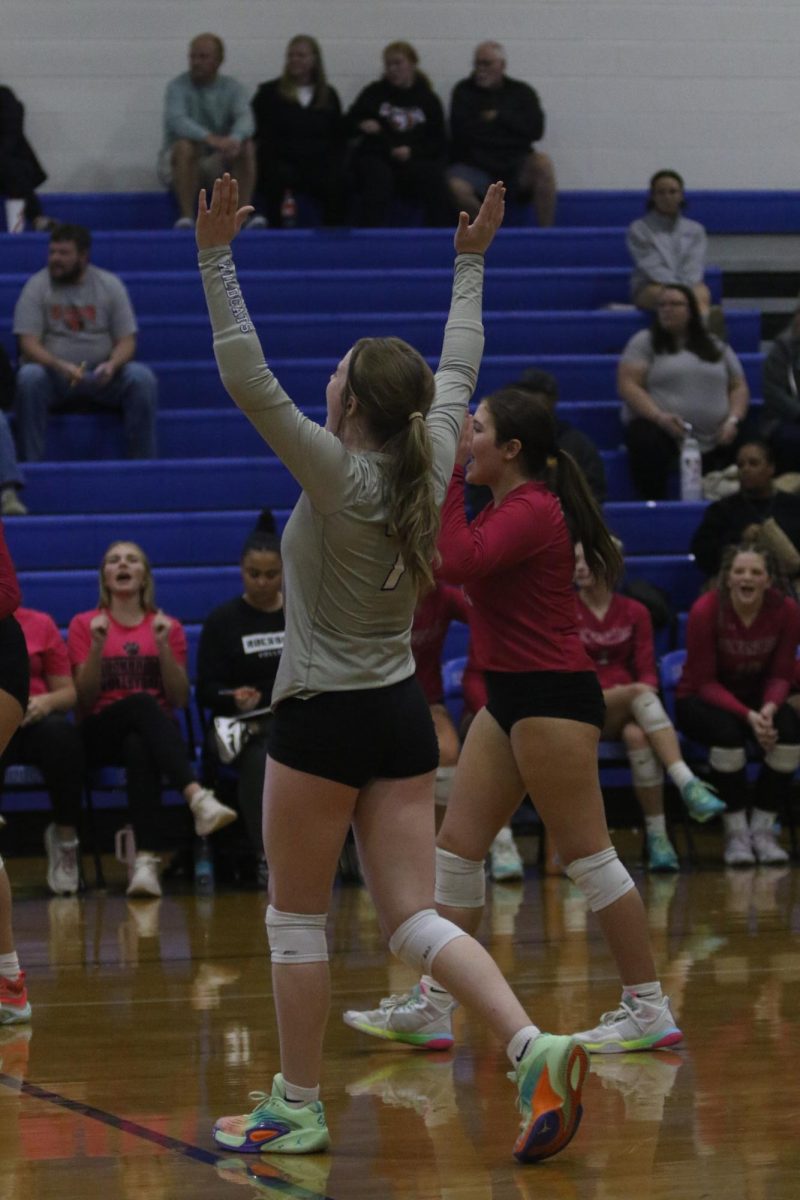NOVA Schools Out Do the Rest
November 9, 2016
When most people refer to higher education, their first thought usually gravitates towards colleges and universities. High schools rarely fall under that title of “higher education.” Most high schools, especially those around Rockbridge County and southern Virginia are similar. Not all of the students graduate; the majority of students that do, attend large public universities, except for the top 20 percent who attend highly selective schools. However, high schools found in northern Virginia, often called as “Nova”, differentiate themselves from the rest.
Nova is home to some of the brightest kids in the country. According to the U.S. News and World Report’s Virginia high schools ranking, 23 out of the 25 best high schools are located in northern Virginia, mostly in Fairfax county. All have extremely high graduation rates-close to 100%-and high standardized test scores. Half the students take and excel in AP and IB classes.
Last summer, I had the privilege to attend the Summer Residential Governor’s School for Math, Science, and Technology. Some of the smartest kids in Virginia were at this program, with half hailing from northern Virginia. While there, I was able to talk to some of the students from Nova and discover what makes their public high schools so competitive.
One of the students I talked to was Mihir Patel, a junior at Thomas Jefferson High School for Science and Technology. Thomas Jefferson High School, better known by the Nova kids as “TJ,” is operated by Fairfax County Public Schools and is ranked the number one high school in the state and the fifth best in the country, according to the U.S. News and World Report. They have strong English and language courses, but they are most famous for their STEM department. Students take rigorous math and science classes, such as marine biology, computer science, multivariable calculus, and AB/BC calculus (a class required for graduation). Seniors must also participate in one of the 14 science research labs, which consist of a year-long research project in any of the labs TJ offers; they range from life science and biotechnology to quantum physics and optics research. TJ is also currently undergoing an 89-million dollar renovation, which includes new scientific equipment for students to use.
Patel explained what the typical Thomas Jefferson student is like.
“The average student at TJ is most likely passionate about STEM, and has studies as a huge priority,” said Patel. “They also participate in sports, clubs, or internships during their four years.”
Every student has to take an eighth period devoted to clubs and extracurricular activities. During this time, students can participate in any of the 180 clubs and activities found at TJ.
“It’s something that makes our school unique. They are useful when applying for colleges, especially if you have a leadership role in a club,” said Patel.
Thomas Jefferson High School requires students to undergo an application process before being admitted. While this may seem as an unfair comparison, comparing a top-notch high school that operates almost as a college versus standard high schools, I received similar responses from other students who attend northern Virginia high schools that do not require an application in order to attend.
Students from high schools such as Langley, Marshall, and Centreville, all in northern Virginia, had almost identical answers regarding why northern Virginia is education is so strong.
Most Nova kids at Governor’s School frequently brought up the importance of their location in relation to their academic success. Northern Virginia is home to large companies and corporations that often hire high schoolers as interns. Most Nova high schools, including TJ, have “Internship Fairs,” where companies come and promote themselves, looking for potential students to work as interns.
“Internship opportunities are a great way to get exposure to post education life,” said Patel. “I have many friends that have internships at companies such as MITRE and the National Institute of Health.”
Schools in northern Virginia tend to invest lots of money into their public school system, attracting great teachers to the area, that students often credit for their academic achievements.
“While we [northern Virginia] may have more resources than other public schools, the teachers are what really makes the difference,” said Patel. “The teachers enjoy teaching when they have support from the school board, which then results in highly motivated and competitive students.”
Despite the educational success northern Virginia promotes, there are still benefits by going to a small public high school, like RCHS.
Many higher level courses offered at RCHS have small class-sizes, which help build strong relationships between students and their teachers. Also, the lack of academic competition between high schools in the Rockbridge area helps students stand out to colleges. Colleges often look at an applicant’s class rank when reviewing their application.
Students in northern Virginia high schools compete against a large number of intelligent students, all trying to go to elite universities. As a result, a student at RCHS may have a 4.0 GPA and be ranked in the top five percent of students, looking attractive to colleges, while a student in Nova may have the same GPA, but be ranked in the top twenty percent of students. Since colleges tend to accept only a select few from every high school, they may only accept the top five percent of students from each high school, causing that student at RCHS to have a much better chance at getting in then the student in Nova.
More high schools should strive to model the education system in northern Virginia. High-paid teachers, more outreach towards internship opportunities, and great academic tools all contributes to student success and promotes a highly competitive atmosphere that forces each student to work to their highest potential and do great things, an atmosphere not often found in most public high schools.

